While Glasgow’s The Modern Institute is still more of a gallery than an institution proper, and though the Glasgow School of Art is key for student life, I found the Center for Contemporary Art at the heart of the city’s support structure for professional artists. With three galleries, studios, a library, performance rooms, and discussion halls, the CCA was a powerful resource for artists in the region, both in terms of education and exhibition.
However, all that hard work and professionalism at the institutional level knocked strongly against the artwork exhibited, especially in the three-man painting show in one of their two ground-floor spaces – the other being a performance-fiber-sculpure-and-video exhibition by the artist Shelly Nadashi, which I will review another day. These three artists, each early career graduates of Glasgow School of Art’s MFA program (Kerry and Piper 2003, Hetherington 2004) and all three primarily painters, displayed work with a distinctly alternative approach to production and even professionalism.
I’ll give some brief introductions.
Jacob Kerray’s blend of absurd historical masculinity – plenty of sports, racial sterotypes, and the odd dick joke – looked like, in terms of Chicago’s painters today, the most ultimate unlikely pairing of Kerry James Marshall and Ethan Gill, with a little of Jake Myers’ performance at the edges.
Iain Hetherington was Phillip Guston with a lighter touch, where gentle appropriation of cartoon imagery dissolved into fields of abstract action. They were layered, composed paintings, with an effective sketchiness hard to achieve at their scale.
Owen Piper, meanwhile, is a constructed canvas factory: his excessive production churns out dozens or even hundreds of banal formalism, sculptural one-liners, canvas collages; and, though his practice isn’t really “painting” enough to be “shitty painting,” Piper makes plenty of shitty paintings.
Together, the three artists (and, I assume, friends) display a lack of confidence in painting at the level of seriousness. While Hetherington and Kerray lampoon the canonical expectations of painting, replacing their subject matter with absurdity, emptiness, or “exaggerated lameness,” they’re still tied to the medium. They’re still making paintings – large paintings – for exhibition and display, with acrylic paint a great choice for mixed-media work, even if there is a healthy doubt that this is Important Cultural Work. Piper, meanwhile, seems to have given up the ghost more directly by allowing that doubt to inform his production. They’re hardly alone: my generation of painters is notorious for making quick work, photographing it for distribution online, and recycling the stretcher bars. It isn’t a failure of spirit, but a response to changing markets. The cultural capital flows more freely in an economy of images online, and without access to a physical economy where big paintings can be brought to market, or even a critical environment where painting has the power to make much meaning, all those canvases – all that work – can seem utterly absurd. No one wants to be the last person caught believing.
Which is why it was so striking to see the confidence of the CAA so contrasted with the confidence of the work exhibited within it. This is more than just a Glasgow concern. It is a concern for emerging art today, when artists (and not just painters) learn at many different levels that the structures containing (or producing) art are more important, more meaningful, and more interesting, then the stuff of art that moves through them. I left feeling that the Important Cultural Work was in curation, not creation, which is a sorry attitude for painting as a studio tradition.
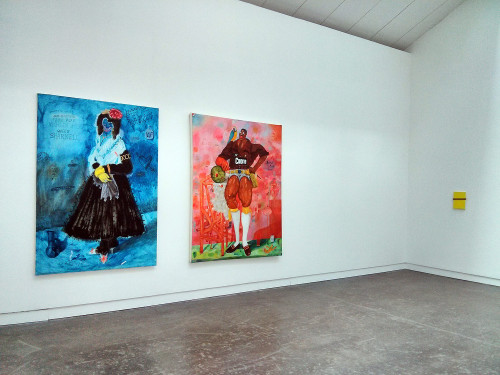
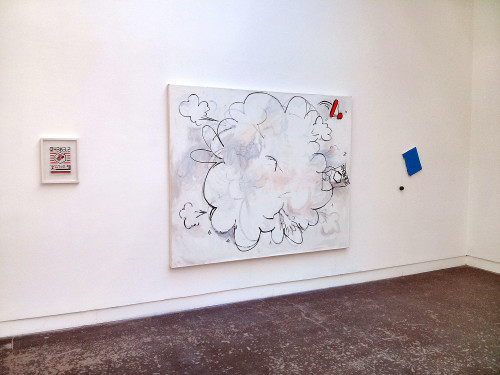
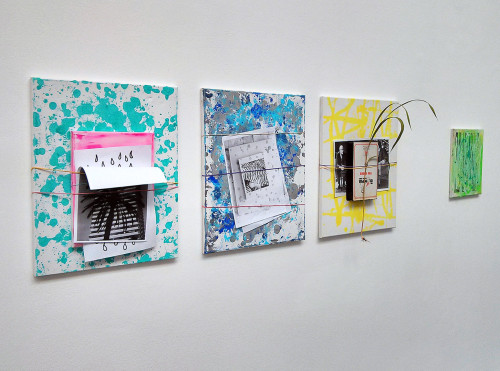
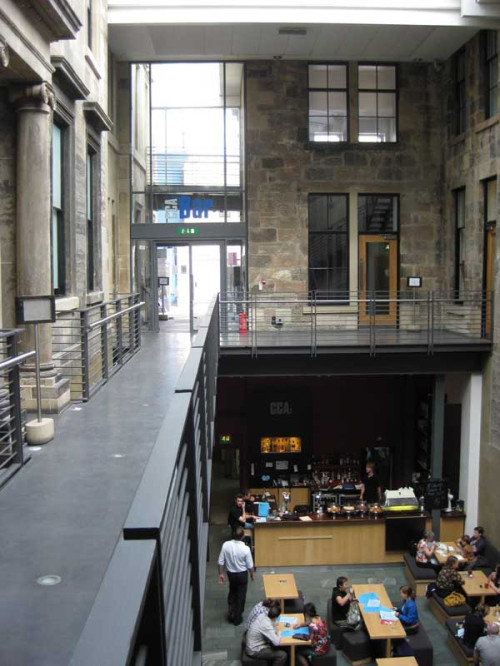
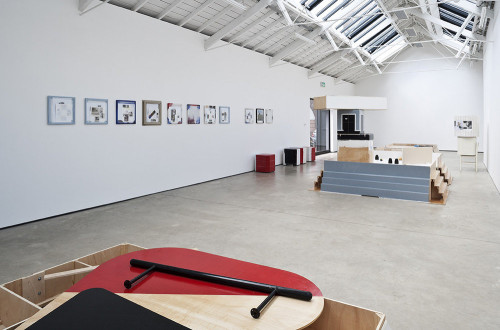
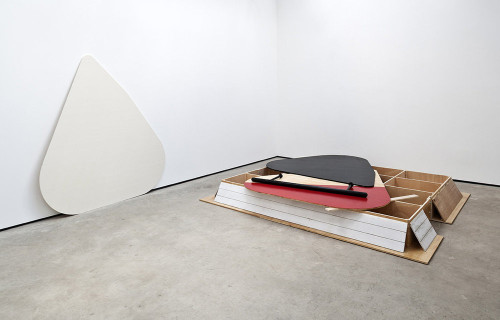
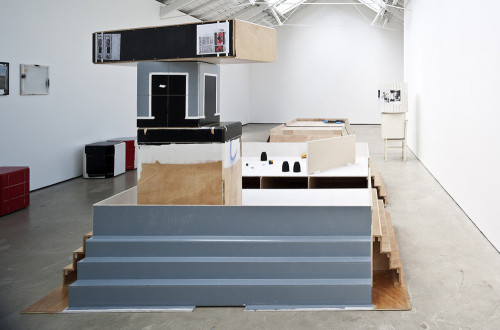
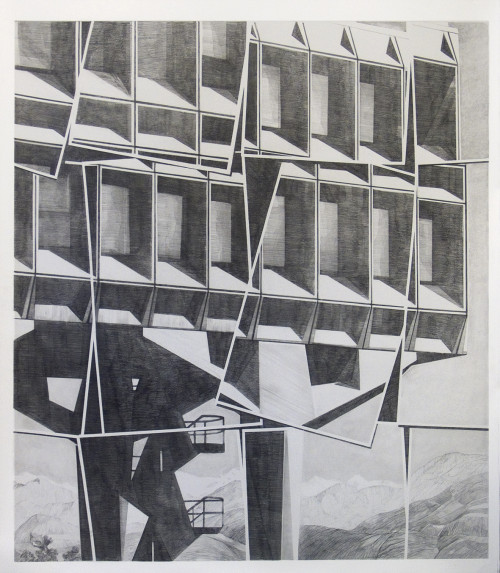

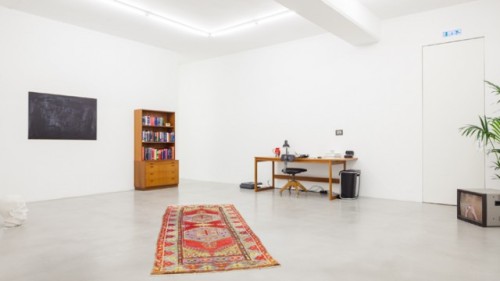
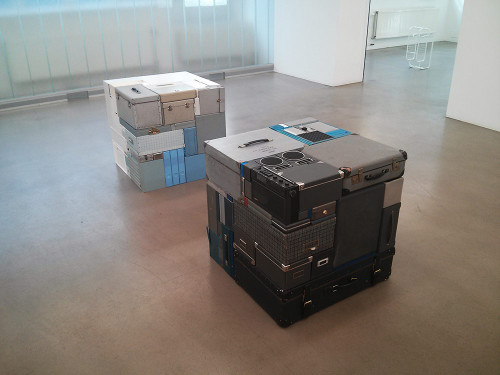
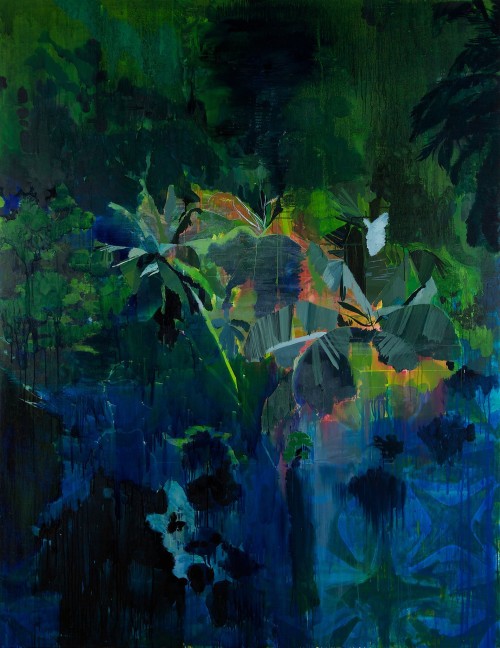


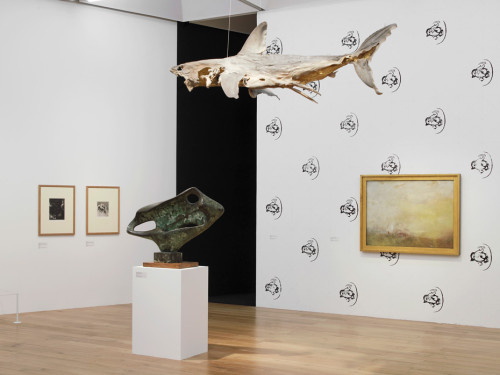

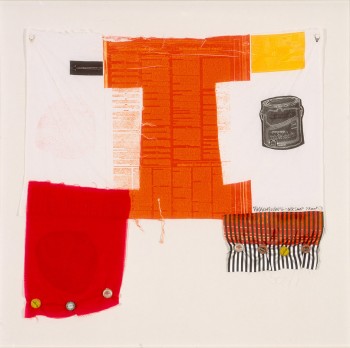
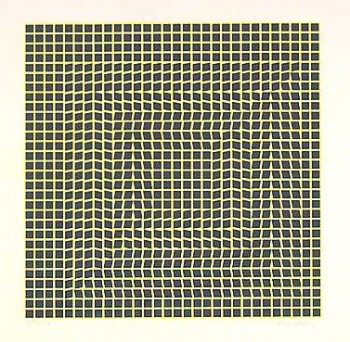
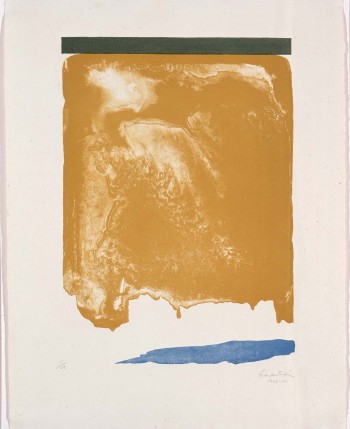
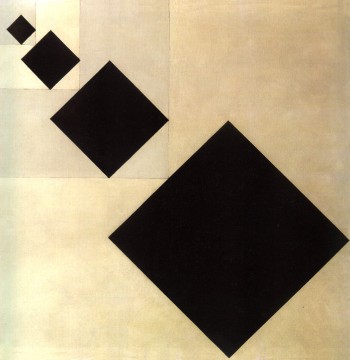
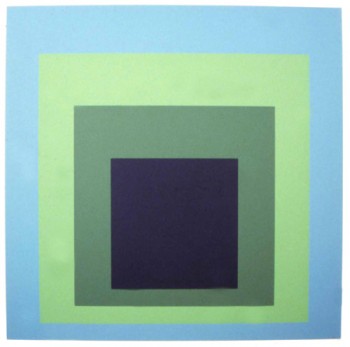
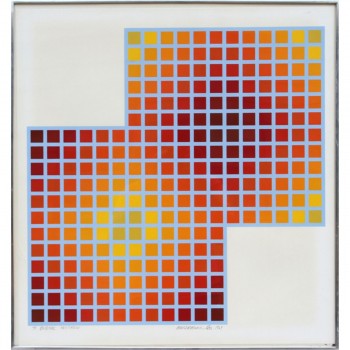

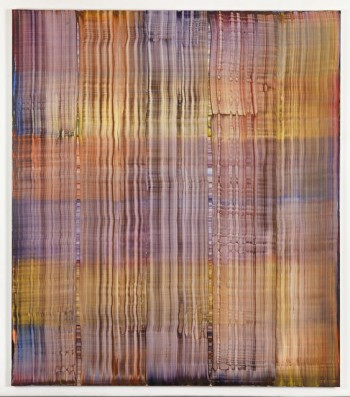
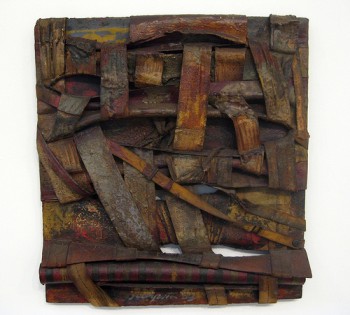

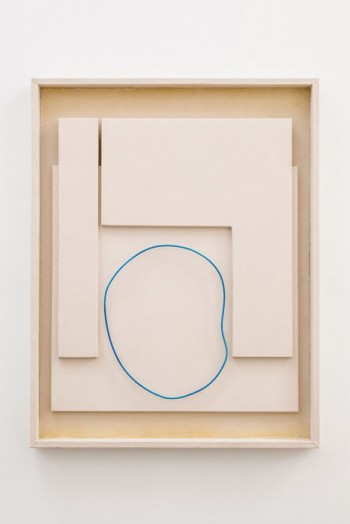

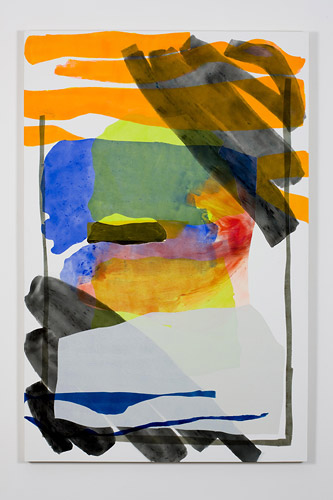
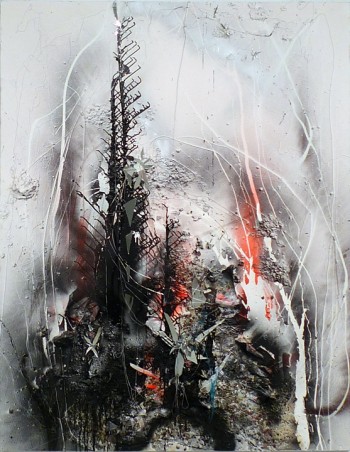
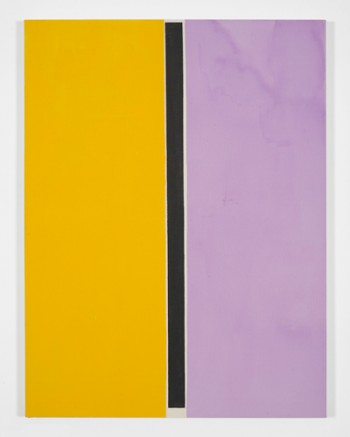

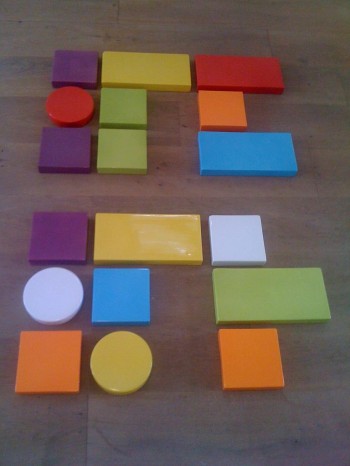
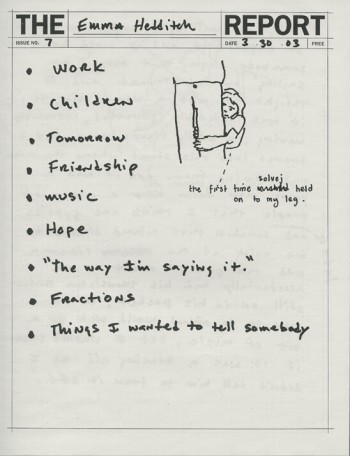
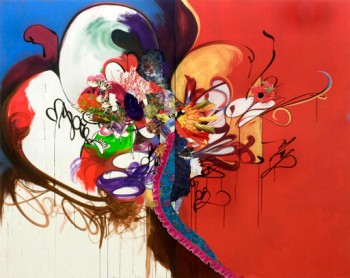
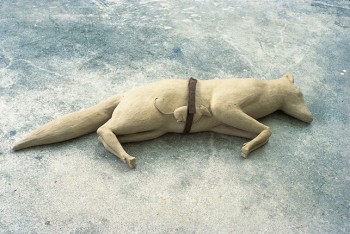
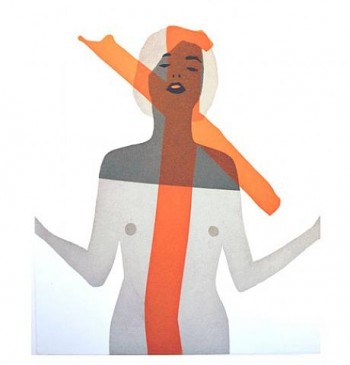
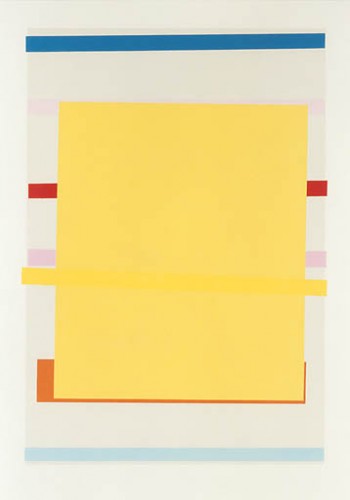
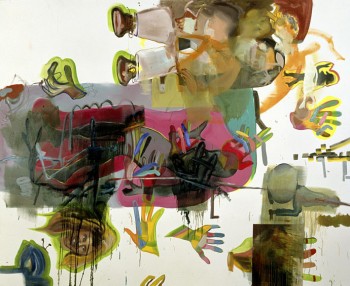
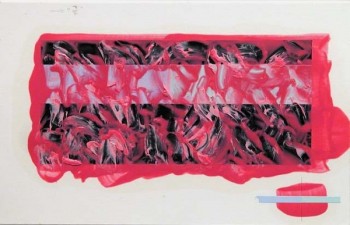
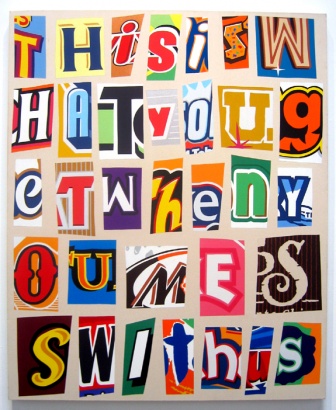
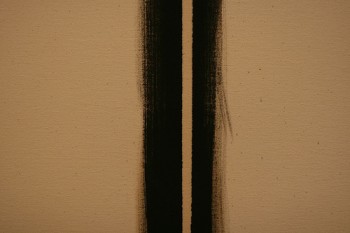
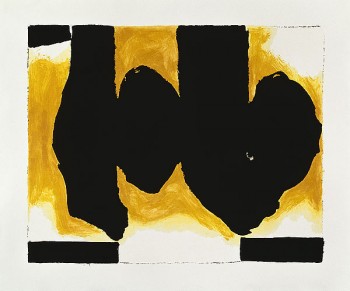
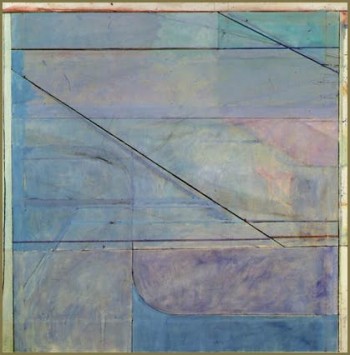
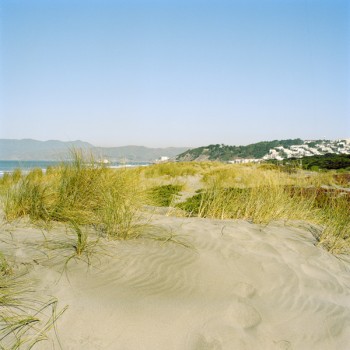
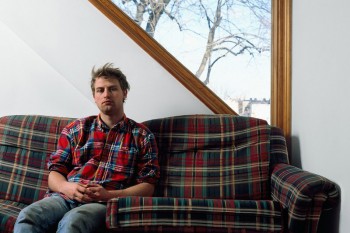
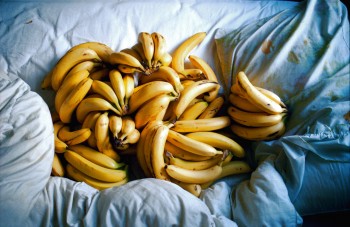

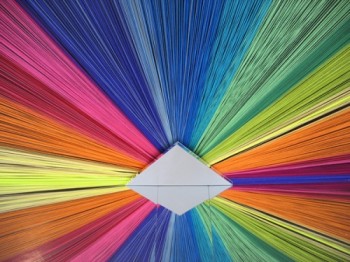
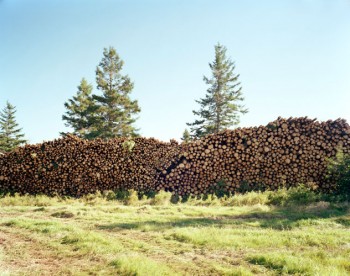
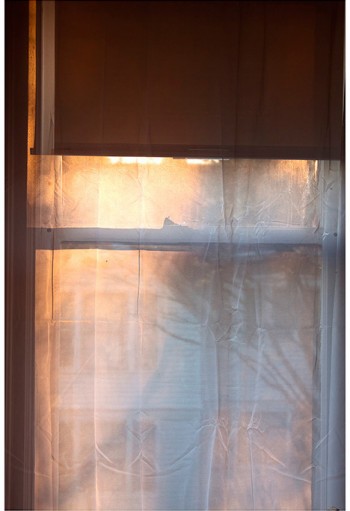
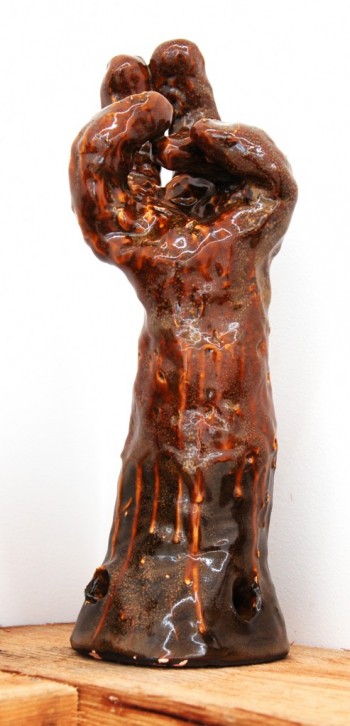
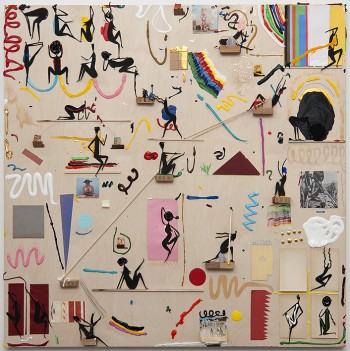
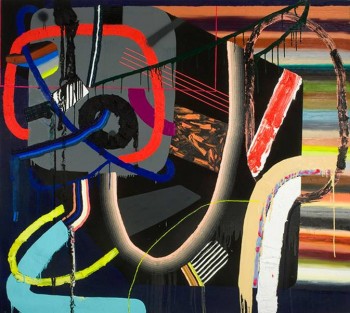
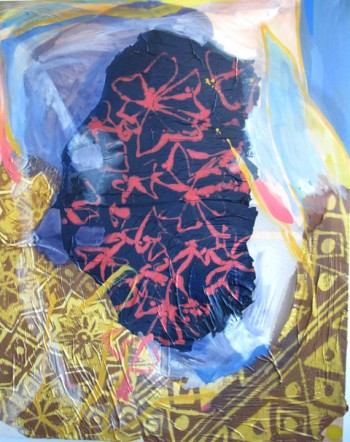
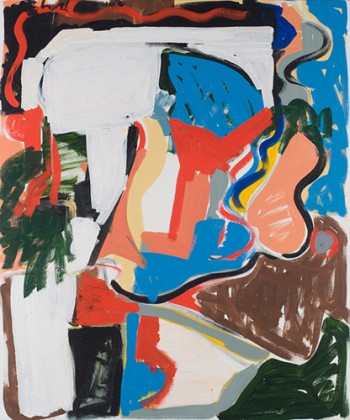
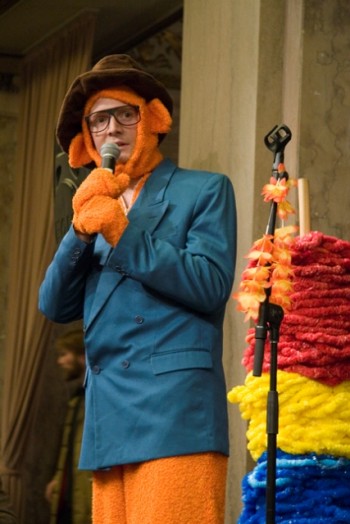

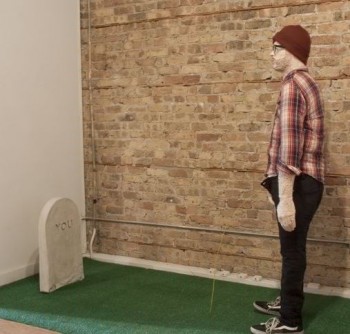
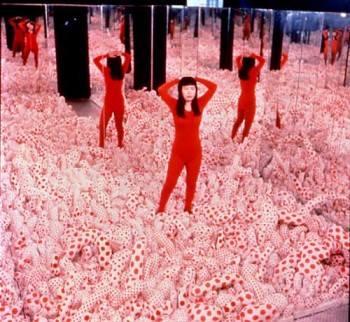
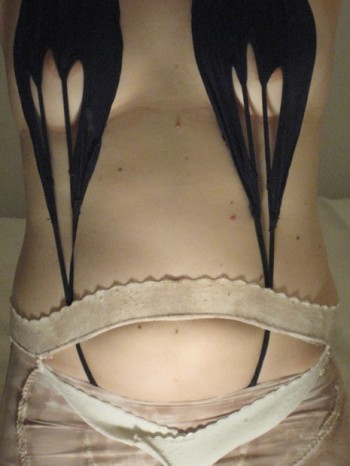

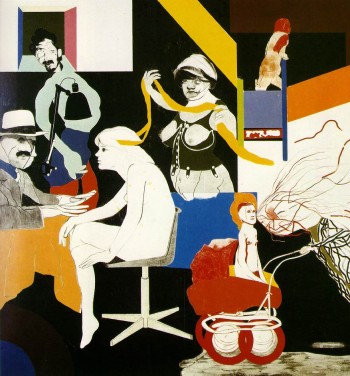
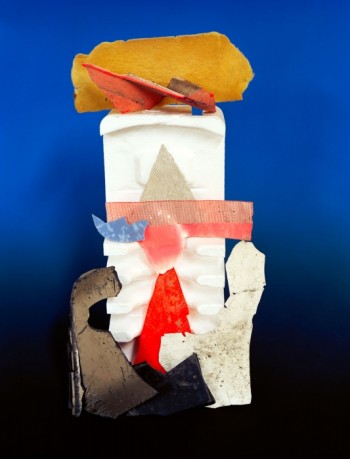
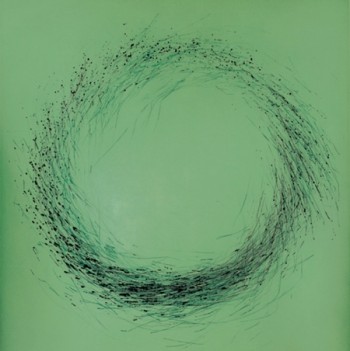
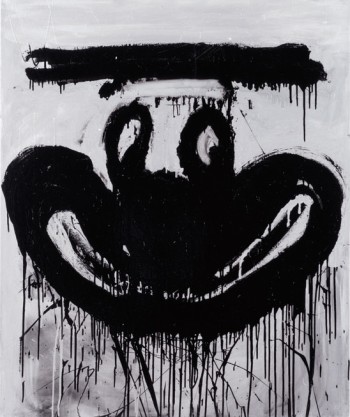
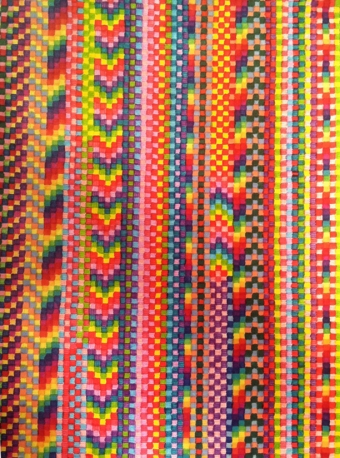
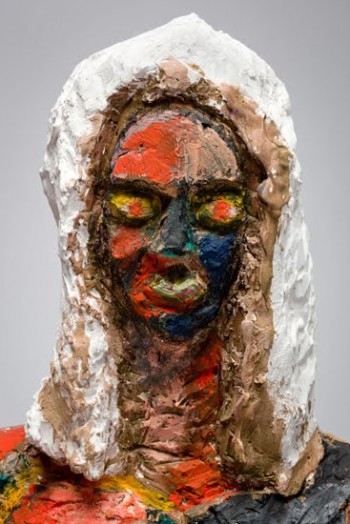
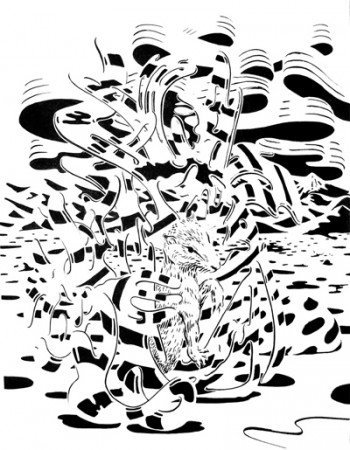

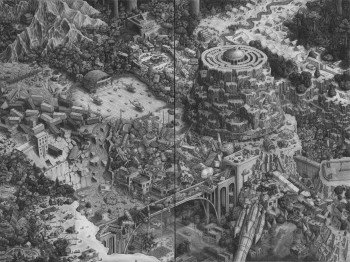

Donald Young, of Donald Young Gallery, Dies at 69
Very sad news for Chicago.
(link)